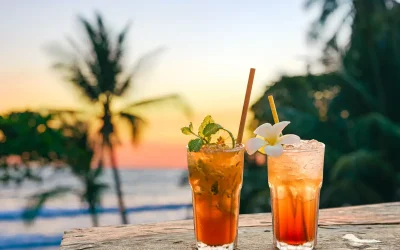Amidst all the reports of population growth, new real estate developments and general expansion, hearing about a planned native dryland forest expansion is an unusual break. State officials are planning to restore the forest that once blanketed leeward Haleakala. The dryland forest in this area currently covers only five percent of what it once did, which is the result of logging and cattle ranching. Once upon a time, it covered a swath of Maui land all the way from Makawao to Kaupo.
This effort comes from the state Department of Land and Natural Resources Division of Forestry and Wildlife, which very recently released a draft management plan for the Nakula Natural Area Reserve. The report details the restoration efforts they plan to perform, including the planting of native trees, which has already been underway as of 2014, along with steps to control invasive species that undermine the native ecosystem.
The preserve is comprised of 1,500 acres that start at a 3,600-foot elevation on the leeward slope of Haleakala. The area is already home to two of Hawaii’s endangered endemic native forest birds, the nene (Hawaiian goose) and the pueo (Hawaiian owl), as well as the Hawaiian hoary bat, which is one of Hawaii’s only two native mammals. The DLNR hopes to enhance the success of these species through these habitat restoration efforts, hopefully with the help of local community groups like the Leeward Haleakala Watershed Restoration Partnership.
As for the price tag of these efforts, they will cost around $209,700 in the fiscal year of 2016 and another $154,700 in the fiscal year of 2017. In the end, the hope is that removing invasive plants and animals while planting native species will protect Maui’s watersheds and native animals, helping to restore them to their former glory.
With any luck, these efforts will prove successful, and we’ll get a better window into the original type of landscape that once defined Maui. We may even see a beneficial chain reaction throughout the ecosystem in ways we never expected. It will be interesting to see how this all turns out. For now, we’ll hope for the best results.



